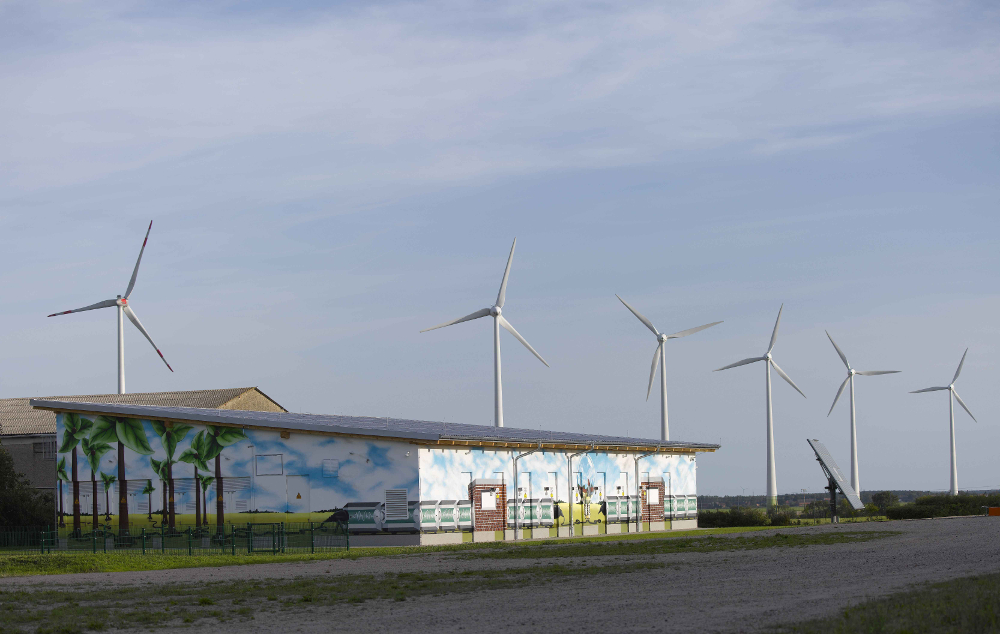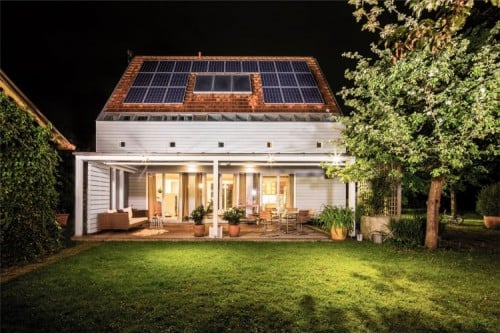
The European electricity storage market has seen an impressive growth over the past two years. Whereas in 2015 some 300MWh of battery storage capacity was newly installed, just two years later in 2017, more than 700MWh was added.
The biggest market segment for electrical storage remains the utility-scale battery storage market (i.e. front-of-meter), accounting for 60% of total capacities installed in 2015 and still commanding 55% of the overall stationary battery market in 2017. Yet from year-to-year it was always a different country where the majority of battery capacity added in the utility segment took place.
First Italy, then Germany, then the UK: Europe’s annual frontrunners
In 2015 Italy accounted for the majority of the European front-of-meter battery storage market, adding 100MWh of capacity. Then, in 2016 Germany captured 78% of this market segment, adding 180MWh of utility scale battery capacity. Finally, in 2017 the UK was by far the most important utility-scale battery market, adding 240MWh of capacity after having added less than 40MWh of utility scale battery storage capacity in the two prior years combined. These strong annual fluctuations in each country’s demand for utility-scale storage solutions illustrates that the demand was typically ignited by short term market opportunities (the auctioning of grid service capacities in the UK for instance) but that so far only a limited self-sustaining market demand for these large scale storage systems has emerged.
Try Premium for just $1
- Full premium access for the first month at only $1
- Converts to an annual rate after 30 days unless cancelled
- Cancel anytime during the trial period
Premium Benefits
- Expert industry analysis and interviews
- Digital access to PV Tech Power journal
- Exclusive event discounts
Or get the full Premium subscription right away
Or continue reading this article for free

PV still drives forward batteries at residential level
In contrast, the demand for residential battery storage solutions has progressed more uniformly in all European countries over the past three years. The market potential in the residential storage segment is closely tied to the activity of new PV installations in all European regions.
Over the past three years, between 40% and 45% of the yearly battery capacities added are attributable to residential systems. With falling battery prices, lowered feed-in tariffs and increasing electricity rates across Europe, it has become increasingly attractive to raise the share of self-consumption of the photovoltaic electricity generated on the homeowners’ roof rather than sell it to the grid.
The German residential battery storage market has developed rapidly since 2015, supported by an incentive scheme that granted a 30% investment subsidy for the battery system, as long as the systems fulfilled certain criteria. The German residential battery storage market has grown rapidly since 2015 but the growth in demand for residential storage solutions grew in other European countries at an even faster rate – so that Germany’s share of this market segment in Europe declined from 80% in 2015 to 60% in 2017.
In particular Italy and the UK have seen a very strong growth in the residential battery storage demand during this period. In 2015 Italy accounted for 12% of the European residential storage market, when some 14MWh were installed. By 2017 Italy accounted for more than 20% of total European residential storage demand, while in the UK residential storage demand has become established in the past three years, reaching more than 20MWh in 2017. ‘European Market Monitor on Energy Storage’, our report with the European Association for the Storage of Energy (EASE), identifies other European countries where residential battery storage markets are also starting to become established.
The market segment that has clearly trailed the dynamics observed both in the utility-scale and the residential market segment is the industrial and commercial market segment (with storage capacities between 20kWh and 1MWh). However, we have identified emerging signs of growth in this segment, which you can read about in the full EMMES report.
Delta Energy & Environment (Delta-ee) has partnered with the European Association for Storage of Energy (EASE) to develop the ‘European Market Monitor on Energy Storage’ (EMMES). Working closely with EASE and its members, Delta-ee produces the EMMES report every six months to provide definitive analysis of the European energy storage markets. The first edition of the report was published in December and is now available for non-members to purchase. Contact the author for details, or visit the EASE website here for executive summary and further details.
